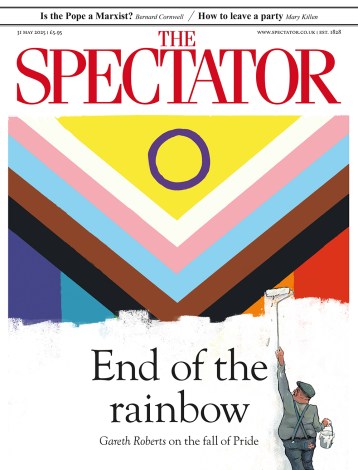This morning we have some data giving a little more insight into the great unknown of the coronavirus pandemic: just how widely among the population has SARS-CoV-2 – the virus which causes Covid-19 – spread among the general population. A team at the University of Bonn has tested a randomised sample of 1,000 residents of the town of Gangelt in the north-west of the country, one of the epicentres of the outbreak in Germany. The study found that two per cent of the population currently had the virus and that 14 per cent were carrying antibodies suggesting that they had already been infected – whether or not they experienced any symptoms. Eliminating an overlap between the two groups, the team concluded that 15 per cent of the town have been infected with the virus.
This number matters hugely because it tells us what we need to know in order to judge how deadly the virus is and also how easily it spreads. It tells us, ultimately, how useful the methods are that we are employing in order to combat the virus. As explained here before, the question of how many people already have the infection is at the heart of a debate between epidemiologists at the Imperial College and Oxford university.
Two weeks ago, the latter published modelling claiming that up to half the UK population might already have been infected with the virus – a level of infection which would mean that lockdown may be the wrong approach, as we would already have achieved a state of herd immunity, preventing the further spread of the disease.
The Gangelt study does not provide support for the idea that half of the population of Britain, or any other country, has been infected with the virus. But for a town to have an infection rate of 15 per cent suggests that the virus had spread a lot further than many believed. Neil Ferguson, who leads the Imperial team, told the FT this week that he believes between three and five per cent of the UK population has already been infected.
Data from coronavirus deaths in Gangelt suggests an infection mortality rate of 0.37 per cent, significantly below the 0.9 per cent which Imperial College has estimated, or the 0.66 per cent found in a revised study last week.
The 15 per cent figure from Gangelt is interesting because it matches two previous studies. Firstly, there was the accidental experiment of the cruise ship the Diamond Princess, which inadvertently became a floating laboratory when a passenger showing symptoms of Covid-19 boarded on 20 January and remained in the ship, spreading the virus, for five days. The ship was eventually quarantined on 3 February and all its 3,711 passengers tested for the virus. It turned out the 634 of them – 17 per cent – had been infected, many of them without symptoms. The mortality rate on the vessel was 1.2 per cent – although, inevitably being a cruise ship, it was a relatively elderly cohort.
We gained another insight into SARS-CoV-2 from a Chinese study into 391 cases of Covid-19 in the southern Chinese city of Shenzhen. In this case, scientists tested everyone who shared a household with people who were found to be suffering from the disease. It turned out 15 per cent of this group had gone on to be infected with SARS-CoV-2 themselves. Again, many showed no symptoms.
Obviously these are all small-scale studies and none of them are deliberate experiments to see how far SARS-CoV-2 will spread if it is allowed to ‘rip through’ a population. But they do raise the question: is there a ceiling on the number of people who are prone to be infected with the disease? Do many of us have some kind of natural protection against infection? Would it ever spread among more than about one in six of us?
The government has based its planning and policy for Covid-19 on the assumption that if the virus was allowed to spread unchecked it would eventually infect 80 per cent of the population. That is a figure that seems to have been borrowed from planning for a flu pandemic, but that doesn’t necessarily mean it applies to this virus. The sooner we have the results of more studies like that at Gangelt, the better a picture we have and the sooner we will be able to plot a path out of lockdown.
This article is free to read
To unlock more articles, subscribe to get 3 months of unlimited access for just £3







Comments
Join the debate for just $5 for 3 months
Be part of the conversation with other Spectator readers by getting your first three months for $5.
UNLOCK ACCESS Just $5 for 3 monthsAlready a subscriber? Log in